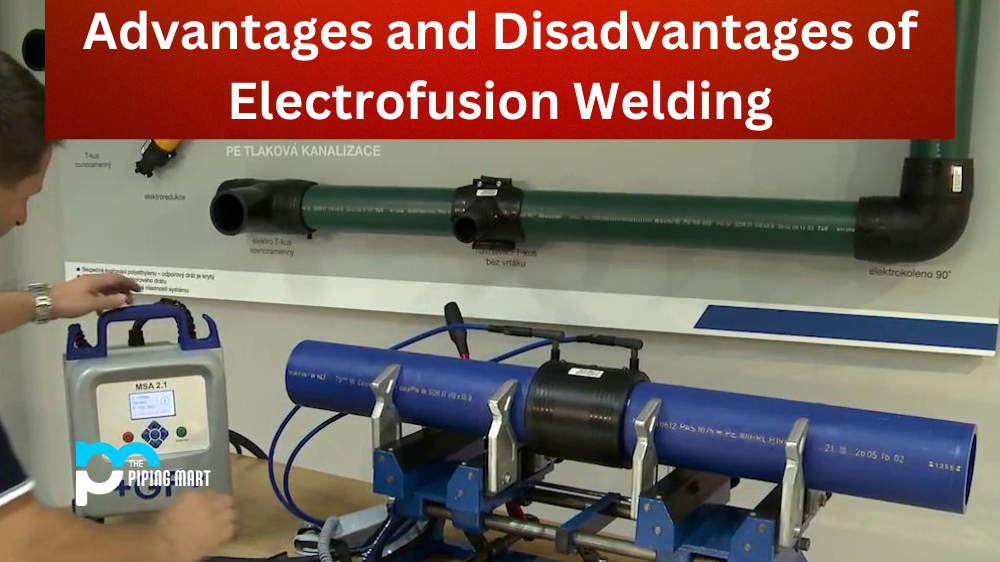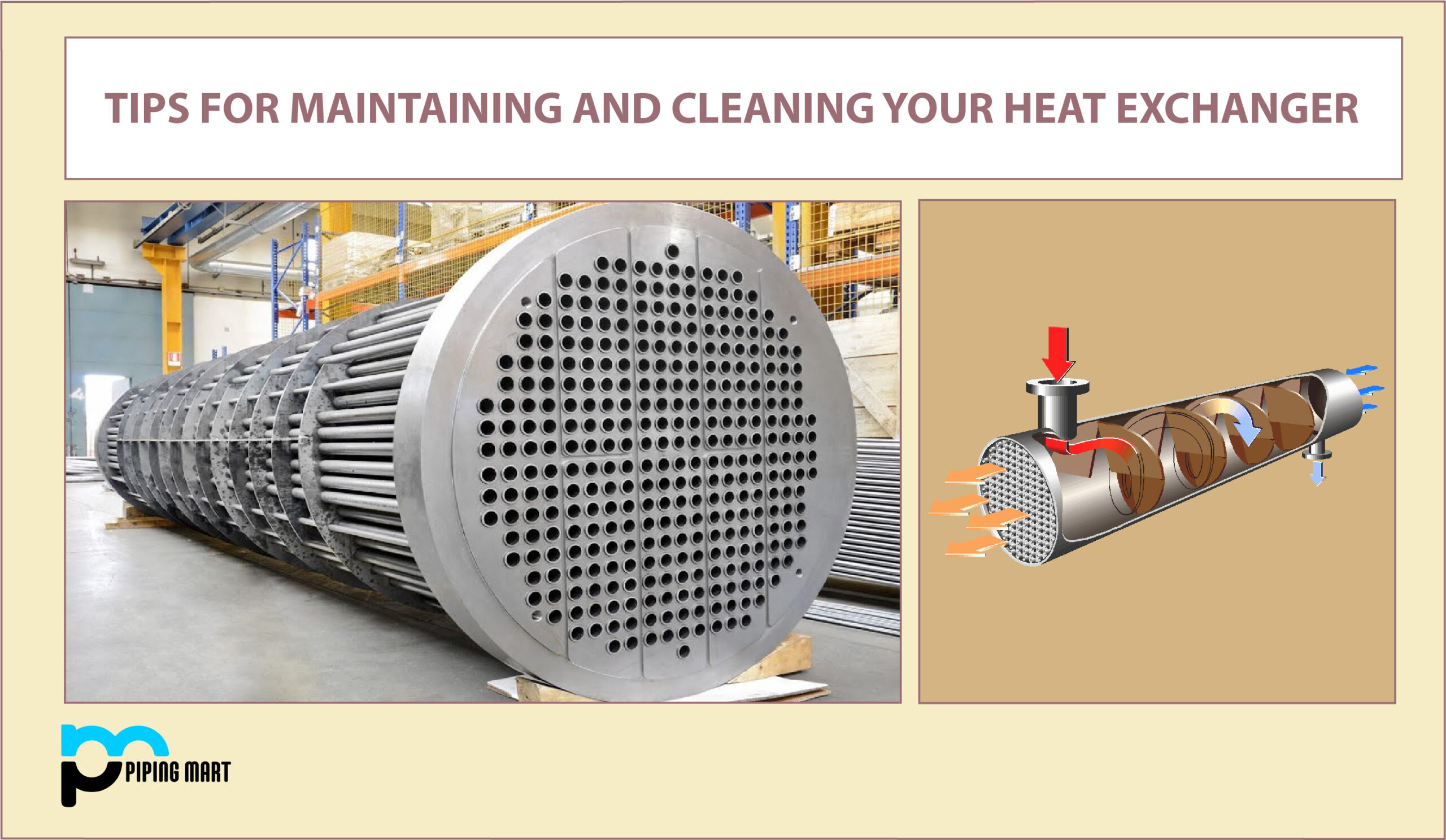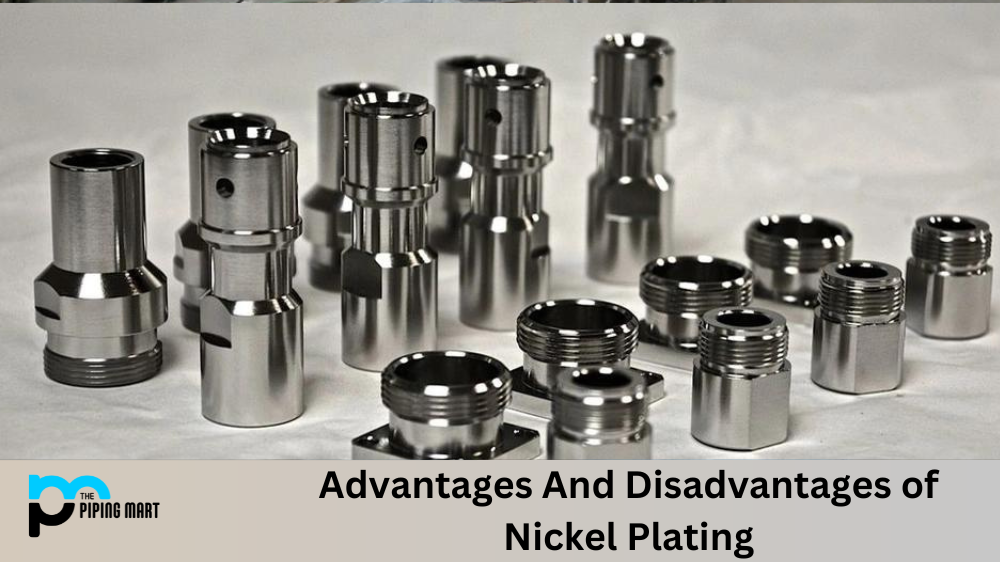As technology continues to evolve, so do the practices in the manufacturing industry. For decades, conventional welding has been the go-to method for joining materials together. But with advances in laser welding technology, manufacturers now have another option when it comes to connecting pieces. Let’s take a look at how laser welding differs from conventional welding and why it may be the better choice for many applications.
Difference Between Laser Welding and Conventional Welding
Basics of Conventional Welding
Conventional welding is the most common type of welding used today. It involves melting two pieces of metal together by applying heat and pressure. The process is relatively simple and can be done with minimal equipment, making it an economical choice for many welders. However, conventional welding does have its drawbacks—it can only join two pieces of metal at a time and requires more heat than laser welding. Additionally, because it uses high temperatures, there is more risk of warping or contamination if not done correctly.
Benefits of Laser Welding
Laser welding is a newer form of welding that utilizes high-powered lasers to join two pieces of metal together without the need for heat or pressure. Because laser beams are much narrower than those used in conventional welding, they can precisely target specific areas on a piece of metal with pinpoint accuracy. This makes it possible to weld multiple pieces together in one pass and eliminates the risk of warping or contamination due to excess heat that can occur with conventional welding methods. Additionally, laser welds are generally stronger than traditional welds since they create a deeper bond between the materials being joined together.
- Laser welding is a type of welding that uses a laser to create a weld.
- Conventional welding is a type of welding that uses an arc to create a weld.
- Laser welding is more precise than conventional welding.
- Laser welding can be used on thinner materials than conventional welding.
- Laser welding is faster than conventional welding.
- Laser welding is more expensive than conventional welding.
Conclusion:
When choosing between laser welding and conventional welding for your project, consider both your budget as well as what type of results you’re looking for—accuracy or strength? If you want a strong joint that will last over time, then laser welding may be a better choice due to its precision capabilities and ability to create deeper bonds between metals than traditional methods can offer. On the other hand, if you’re looking for something quick and inexpensive, then conventional methods might be best suited for your needs. No matter which type you choose, however, make sure you take all safety precautions necessary when performing either kind of weld!

Pipingmart is a B2B portal that specializes in metal, industrial and piping items. Additionally, we share the latest information and information about materials, products and various types of grades to assist businesses that are involved in this business.




